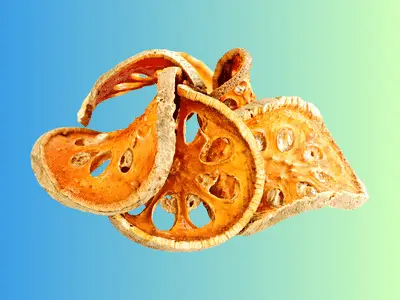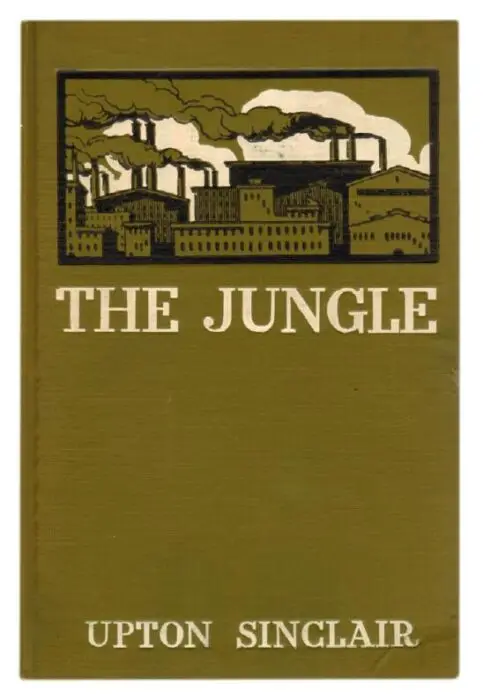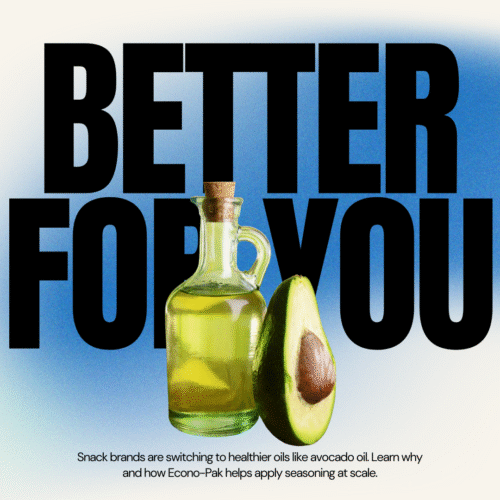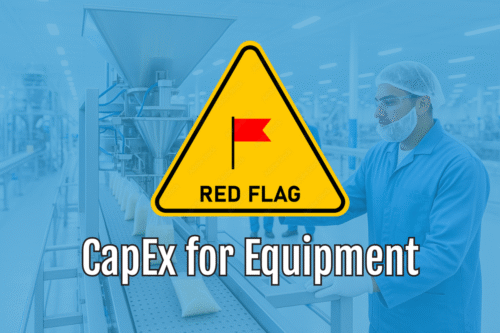History of Food Quality Standards
 The safety and quality of our food are essential aspects that impact our health and well-being. With modern food quality standards, we can ensure that we are consuming safe and healthy products. However, this is not a new concept, as people throughout history have adopted various methods to ensure the quality of their food.
The safety and quality of our food are essential aspects that impact our health and well-being. With modern food quality standards, we can ensure that we are consuming safe and healthy products. However, this is not a new concept, as people throughout history have adopted various methods to ensure the quality of their food.
Let’s appreciate the efforts of our ancestors and see how progressions in food preservation contributed to food quality today.
Ancient Food Quality Standards
People in ancient times relied primarily on hunting and gathering to sustain themselves, meaning food was cooked and/or consumed quickly after it was obtained. With the rise of agriculture, societies required more robust means of preservation to deal with surplus food.
This led to the rise of techniques like fermentation. In the absence of cold storage, fermenting food was an effective means of killing harmful pathogens and preserving food for longer periods. Other methods that helped in food preservation include:
- Pickling
- Curing
- Sugaring
- Drying
Additionally, many early civilizations developed some basic regulations for food safety. Community leaders were tasked with ensuring food stayed safe to eat, leading them to oversee various preservation methods.
Food Quality Standards in the Middle Ages
During the Middle Ages, food quality was especially crucial as a means of keeping the growing global population safe. In Europe, many guilds played a role in regulating and inspecting food quality. As some of the earliest guilds were created by bakers, these organizations helped pass laws and regulations to maintain basic food safety and stable prices for bread.
Monks at monasteries were also key in establishing medieval food quality standards. Many of the preservation methods discussed previously were cultivated and passed down by monks. They shared this knowledge with their communities to improve their overall health and safety.
The spice trade also incentivized proper food storage and safety. The new flavors introduced by spices challenged existing food quality standards, leading to higher interest in food quality control.
 Food Quality Standards During the Industrial Revolution
Food Quality Standards During the Industrial Revolution
The Industrial Revolution created many new opportunities for innovation in food safety and regulation. Mass production and urbanization changed the way food was produced and stored.
One of the biggest changes related to food contamination and adulteration. Writer and activist Upton Sinclair published The Jungle in 1905, exposing the unsanitary conditions of the meat-packing industry in the U.S. The subsequent drop in meat sales prompted governmental authorities to pass regulations on the amount of contaminants legally allowed in consumer products.
Canning also gained popularity during the Industrial Revolution. This process involves heating food to destroy harmful pathogens and cooling them in cans or jars to create a vacuum seal preventing deterioration. Canning helped preserve food at scale to keep up with mass production.
Modern Food Regulations
The United States Pure Food and Drug Act of 1906 marked the beginning of modern food safety standards, helping establish regulatory agencies like the Food and Drug Administration (FDA). Other countries have similar agencies and laws regulating the safety of food, raising the standards for food quality around the world.
Better food regulations and international cooperation have become increasingly important due to the growth of global trade. Additionally, new technology has made safety testing more reliable and accurate.
Key Milestones in the History of Food Quality Standards
The modern era of food safety was achieved in large part due to certain milestones such as nutritional labeling. Easy-to-read labels provide consumers with information on the product’s nutritional value, ingredients, and where it was packaged and produced, all of which can help them make informed purchasing decisions. Regulations on additives and preservatives have also become standard, ensuring that the safety of food is not compromised for the sake of long-term storage needs.
Past food safety crises, such as E. coli outbreaks, have led to more stringent safety and quality checks by food manufacturers. Governmental agencies have also improved their response strategies and regulations to prevent outbreaks in the future.
Another milestone includes Certified Organic and GMO regulations, which classify organic and genetically modified food. These certifications were created to address consumer demand for healthier and more sustainable food products.
The rising popularity of co-packers has also played a role in the abundance of safe food in the modern age. Food co-packers make contract food packaging easy and safe, allowing for the mass production of food in fully compliant facilities. Food co-packaging provides high levels of safety and quality as well as fast turnaround times.
Contemporary Food Quality Standards
Contemporary standards for food production are high across the world. Modern food labeling practices focus on delivering accuracy and transparency to consumers.
Another major focus for food production is sustainability. Sustainable food packaging and ethical practices in food production aim to ensure that the entire food production supply chain supports high purity standards, safety, and the environment.
Future Food Quality Trends
Going forward, food quality standards are predicted to advance, though certain challenges remain. Issues like supply chain complexities, food fraud — removing or adding certain ingredients to food to mislead consumers — and new pathogens will require new strategies and technologies to combat them.
Experience High-Quality Food Co-Packing Services
Food quality standards have been a concern since the beginning of human history. From early preservation methods in ancient times to the technologically advanced solutions of today, people have always needed safe and healthy food.
To start working with an experienced food co-packer for your food product, request a quote today.
Let's start scaling.
Is your demand outpacing your ability to package your own product? Then consider outsourcing with Econo-Pak.
With over 40 years of experience working with both small brands and Fortune 500 companies, we are capable of handling your specific dry food product.
Get in touch with our team for a fixed-price quote for your project.




